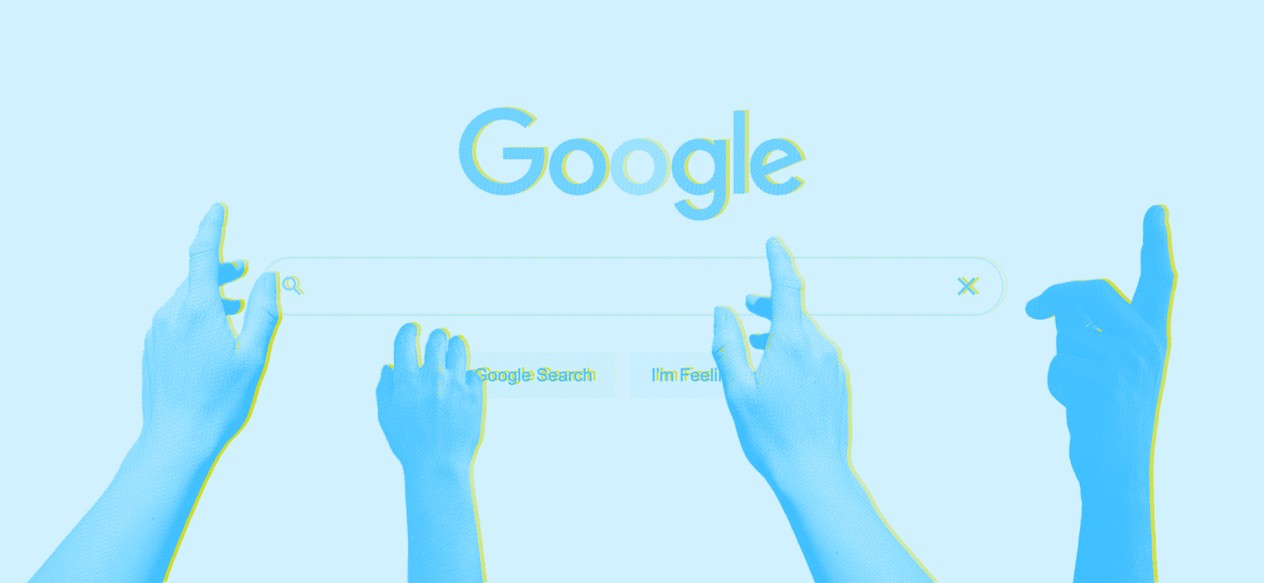Here’s everything you’ve been asking Google about psychedelic medicine and psychedelic therapy, answered by an expert in the space.
Meet, Dr. Tatiana Zdyb, a clinical psychologist and part time faculty member at King’s University College. She specializes in treating personality disorders and trauma, providing treatment for emotional, relational, sexual and characterological issues.
Zdyb has also been been studying psychedelic medicine for thirty years and has spent the last two years developing and testing the MindSetting TRIP protocol, which she created due to a belief in the importance of taking an evidence-based approach to treatment — since we do not fully understand the mechanisms by which psychedelic enhanced psychotherapy has its effects, she is highly motivated to explore these using qualitative and quantitative research methods.
Just after Zdyb’s presentation around the MindSetting TRIP protocol at Family Medicine Forum‘s Big Ideas Soapbox this week, we shared the most Googled questions about psychedelic therapy with her and let her break down the answers for us.
What is an example of an alternative therapy?
Complementary or alternative therapies can be grouped into five classes: whole medical systems, mind-body techniques, biologically-based practices, manipulative and body-focused therapies and energy therapies.
Examples of whole medical systems include naturopathic medicine and Ayurveda. Biofeedback, including neurofeedback, would fall under the category of mind-body techniques. Botanical medicine and dietary changes are examples of biologically-based practices. Microdosing with psilocybin and/or using functional mushrooms such as lion’s mane are types of plant-based medicine as well as dietary supplements. Manipulative therapies include but are not limited to chiropractic care and massage therapy. Energy work may include the use of acupuncture, Qi gong, Tai Chi and/or Reiki.
What is the process of psychedelic therapy?
There are different approaches to psychedelic therapy. For simplicity they can be dichotomized into medical and psychotherapy-driven.
The medical model typically involves an individual being administered a psychedelic compound, ketamine for example, in a hospital or out of hospital clinic. This treatment is comprised of the patient receiving the psychedelic substance intravenously, intramuscularly, sublingually, orally and/or nasally. The psychotherapeutic model incorporates psychotherapy with the administration of the psychedelic compound.
Psychedelic-enhanced psychotherapy utilizes psychotherapy either simultaneously with the administration of ketamine, MDMA or psilocybin or after the use of a psychedelic medicine. The level of engagement in talk therapy while the individual is under the influence of a psychedelic varies across psychedelic enhanced psychotherapy protocols.
The MindSetting TRIP protocol is a five-step process including assessment, planning, experiential and integration sessions as well as analysis of the psychedelic enhanced psychotherapy session transcript.
The psychedelic enhanced psychotherapy session is a 2.5-hour session during which 1-2mg/kg of oral ketamine are self-administered and the individual participates in a psychotherapy session with their therapist after spending 20-45 minutes listening to music designed for this type of therapy while wearing an eye mask.
Some consider microdosing with psilocybin to also be a form of psychedelic therapy despite the fact that the is no psychedelic effect or experience at dosages ranging from 50mg-200mg.

Which psychedelic therapy is best for depression?
The MindSetting TRIP protocol. The results of our first study (N=10) showed a 46.9% reduction in self-report measures of severity of depression. This is consistent with results from other clinics using different protocols for psychedelic enhanced psychotherapy. The combination of ketamine and psychotherapy is showing a great deal of promise for treatment resistant depression as well as other psychiatric disorders.
Ketamine has antidepressant effects that outlast the effects of the medication. Single doses of ketamine result in a reduction in severity of depression and suicidal ideation lasting for days to weeks depending upon the dosage and route of administration. More research needs to be undertaken to test differences in outcomes between medical and psychotherapy-driven interventions — more specifically, studies exploring the efficacy of the various protocols when paired with different psychedelic compounds and the mechanisms underlying the clinical outcomes.
What psychedelics are used in therapy?
Traditional psychedelic psychedelic medicine includes ibogaine, ayahuasca, lysergic acid diethylamide (LSD), psilocybin (the psychoactive component of certain types of mushrooms) and dimethyltryptamine (DMT). There is some controversy as to whether cannabis, ketamine and methylenedioxymethamphetamine (MDMA) should be considered psychedelics.
Plant-based medicines such as ibogaine and ayahuasca have been used for centuries in various cultural, religious and spiritual practices/ceremonies in addition to utilization for medicinal purposes.
The most commonly used psychedelic compounds across the various approaches to therapy currently include: trauma, depression, disordered eating, palliative care, sexual desire disorders and obsessive-compulsive disorder.
Does psilocybin mimic serotonin?
Psilocybin, and the other tryptamine psychedelics, structurally resemble serotonin molecules.
As such, psilocybin is able to bind to certain serotonin receptors and yield similar effects to those of serotonin. Psilocybin is understood to be a serotonin 5-hydroxytryptamine 2A (5-HT2A) agonist. The high affinity for 5-HT2A correlates with decreased activity in the cingulate cortex (emotionally processing) thalamus (a sensory information relay/processing centre) and the medial frontal cortex (executive functioning). The serotonin 5-HT2A receptor is hypothesized to be implicated in the neurochemistry of depression.
Studies comparing the efficacy of low dosages (25mg) of psilocybin and selective serotonin reuptake inhibitors (SSRIs) such as escitalopram for depression demonstrate a slight but not clinically significant advantage for psilocybin over escitalopram.

What happens during psilocybin therapy?
It varies depending upon the type of therapy. Generally speaking, psilocybin therapies whether micro, psycholithic, relational or psychedelic dosages involve an individual setting an intention for the experience and engaging in self-reflective, sensory and/or interpersonal exercises.
For example, the MindSetting TRIP protocol involves the individual self-administering 1-2mg/kg of oral ketamine with their therapist present. They lay down on the chaise, put an eye mask on and listen to playlists curated by Mendel Kaelen or East Forest for anywhere from 20 to 45 minutes.
The therapist is present for the entire 2.5-hour session and engages the individual in psychotherapy as indicated by that person’s subjective experience more so than driven by the therapist aside from treatment goals and interventions discussed during the planning session(s). A transcript of that session is analyzed by the therapist, the findings of which are shared during the integration session the following day.
What is the difference between psilocybin and ketamine therapy?
Psilocybin and ketamine therapies often involve similar protocols however being different molecules, they can and often do lead to different experiences. They differ in available routes of administration (oral for psilocybin and oral, IV, IM, nasally and sublingually for ketamine) as well as duration of psychoactive and antidepressant effects.
Ketamine works on the glutamate system. We do not fully understand the mechanisms by which ketamine has its positive effects on chronic pain and depression. We know that it has its hypnotic effect by blocking NMDA and HCN1 receptors. Since the antidepressant effects outlast the actual drug levels one hypothesis is that the hyperglutamatergic state is mediated by a neuronal response that increases structural synaptic connectivity. This results in increased communication between existing neurons and the growth of new ones. This relates to the neuroplasticity theory of psychedelic therapies.
Another theory which applies to both ketamine and psilocybin is that of decreased activity in parts of the brain collectively known as the default mode network. Psilocybin for example has been shown to decrease blood flow (by way of serotonin 5-hydroxytryptamine 2A receptor agonism) in parts of the brain associated with processing sensory and emotional information as well as self-referential activities (thalamus, cingulate cortex and medial frontal lobe respectively).
Ketamine and psilocybin used as psychedelic medicine both seem to enhance insight, decrease emotional reactivity to stress, and yield lasting antidepressant and anxiolytic results.

